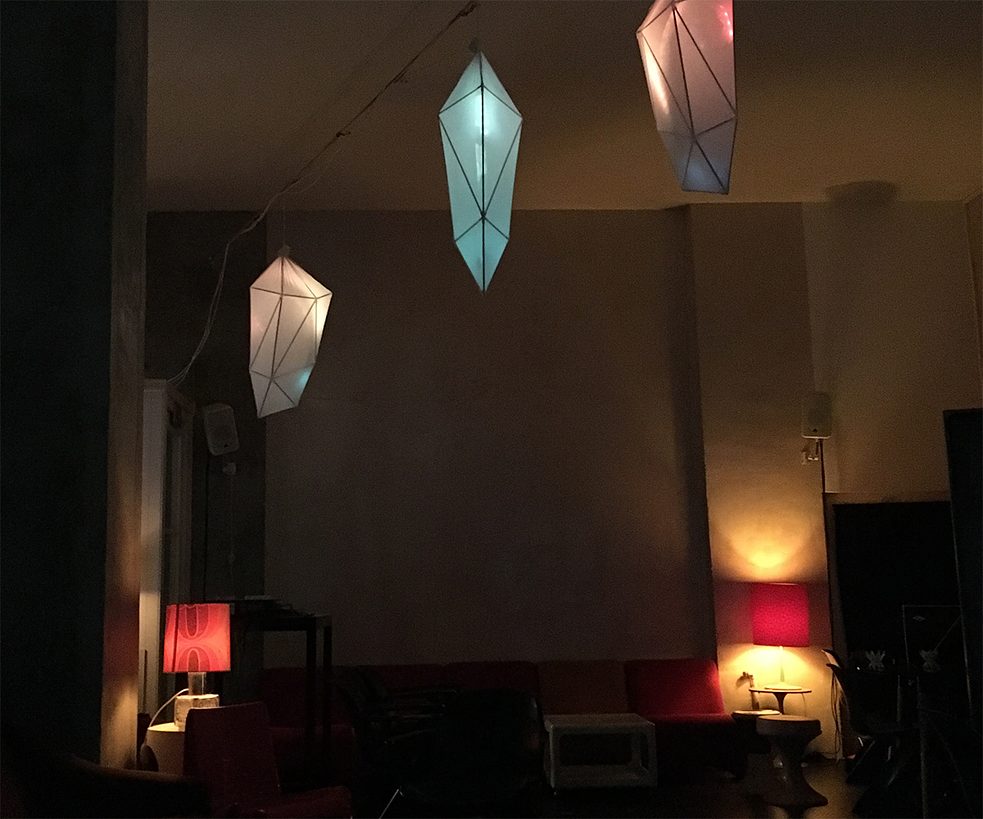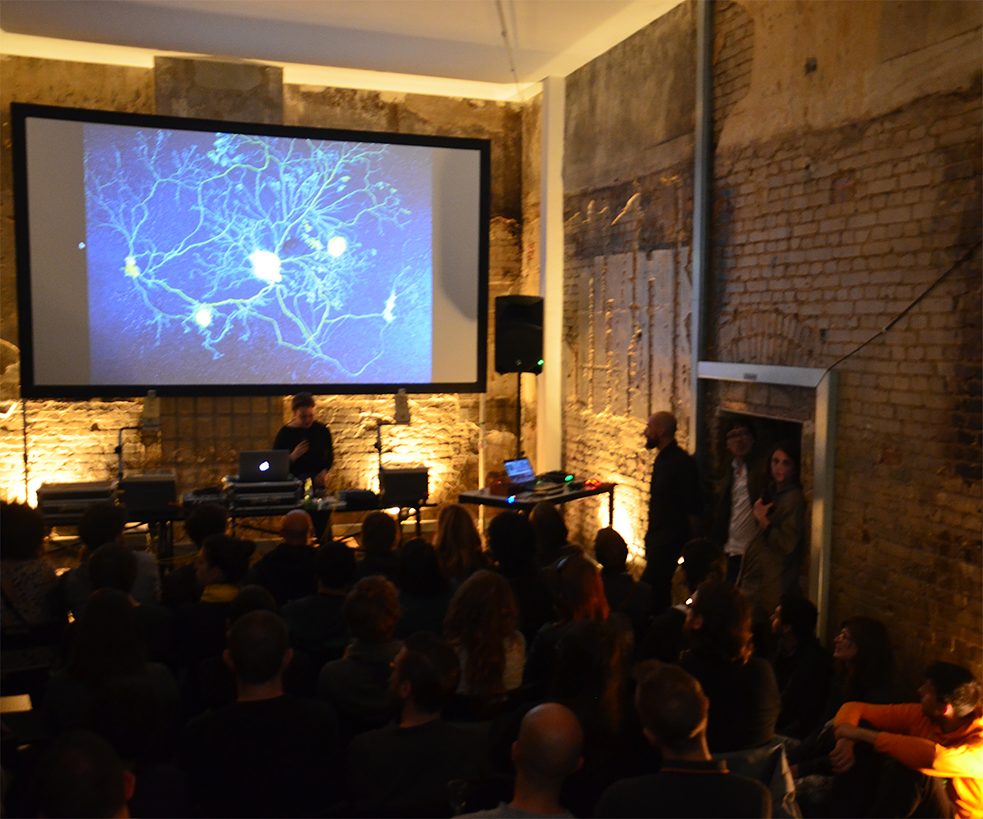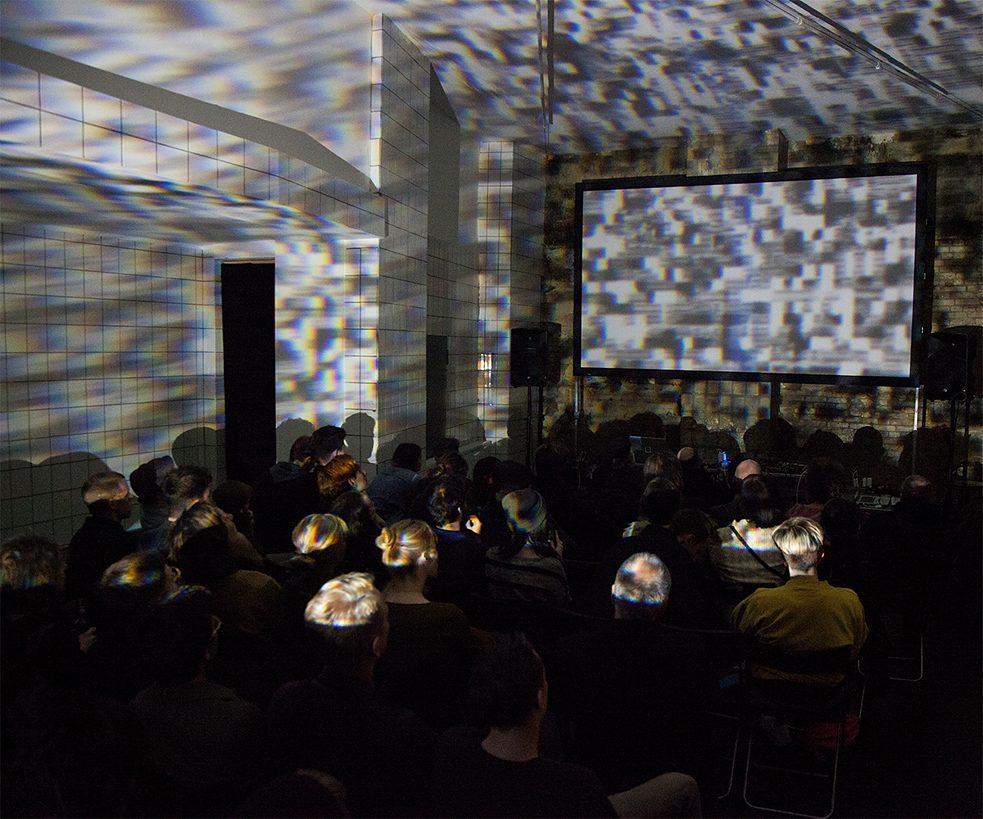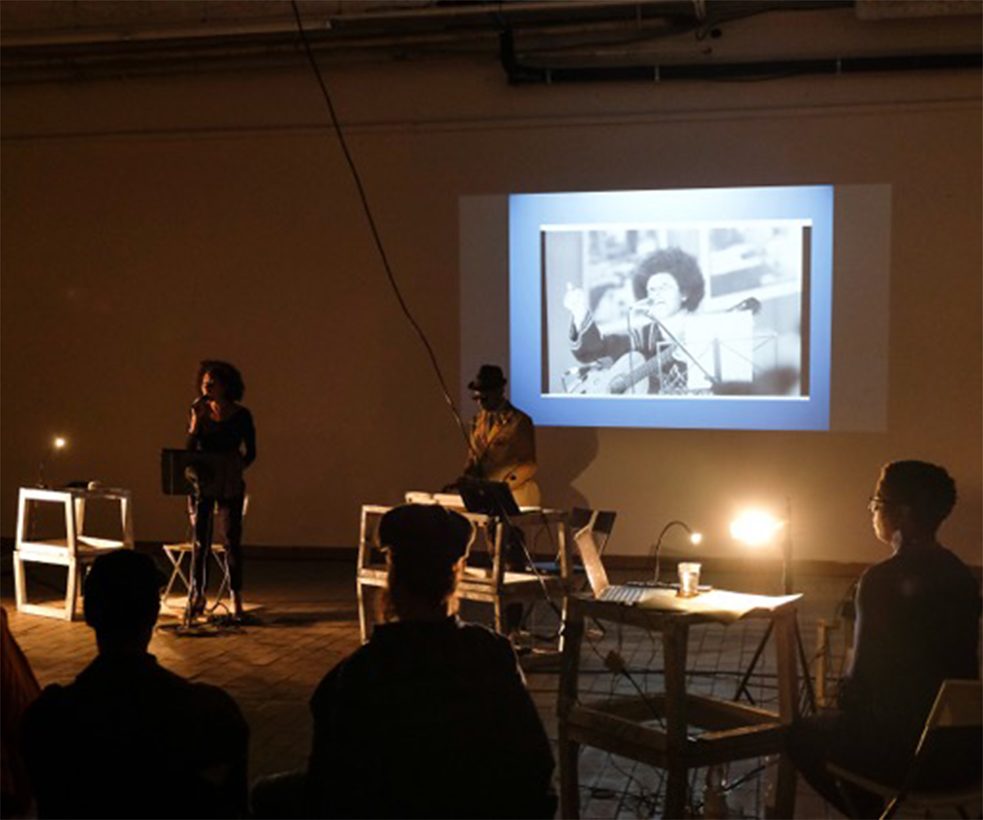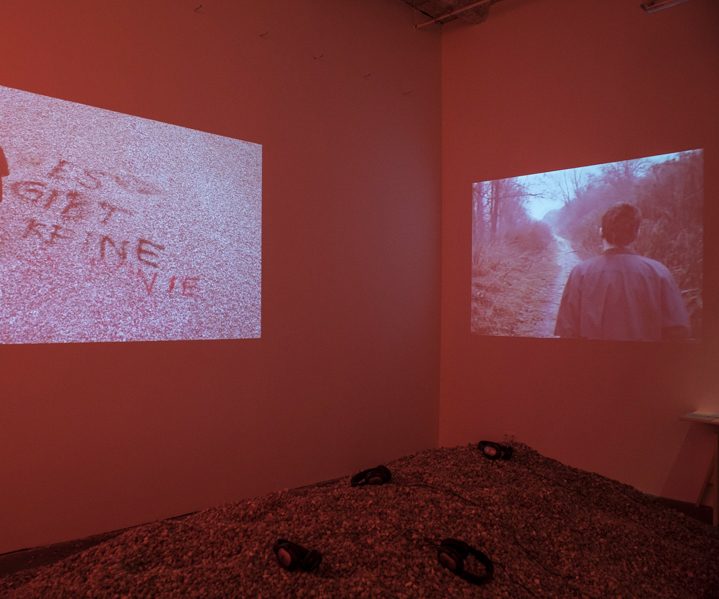Open art spaces
Taking the money out of art
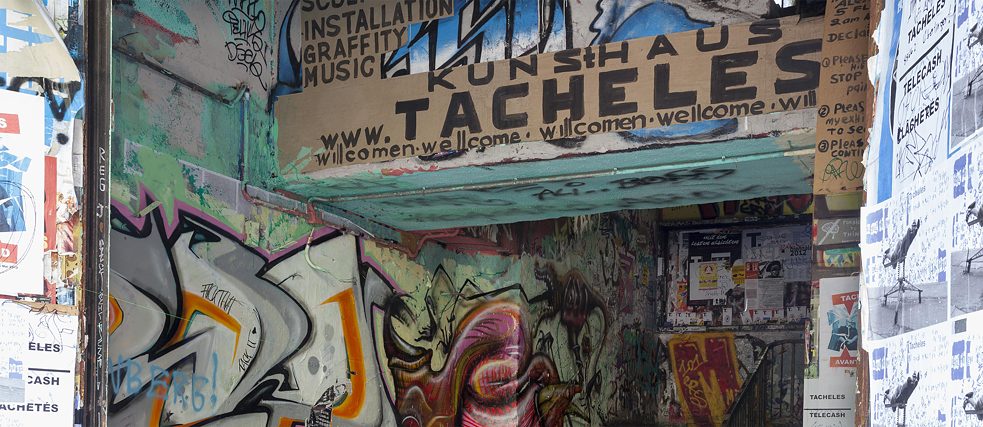
Berlin is filled with back-to-back museums, theatres, galleries, clubs and cinemas. Amid this cultural bounty, more and more ‘off-spaces’ are developing - open art spaces devoted to art free of commercial constraints.
By Romy König
Berlin is known for its colourful, free art scene, and not just in established museums and galleries: open art spaces, also known as ‘off-spaces’, attract artists and art lovers alike. Some are more prominent, like the Berlin Kunsthaus Tacheles initiative, while others are smaller and less well-known. Commercial success is not their primary objective; their focus is on promoting local artists.
Time for art instead of location hopping
The District Berlin art space, for example, has been organizing a program of exhibitions, performances, and workshops since 2010, in which artists, researchers, and the public can talk to each other about socio-political issues. Suza Husse, its artistic director for seven years, stresses the importance of plurality in her work. The aim, she adds, is to listen to many different voices and create a space in which they can interact. "We can thematise unresolved contradictions and absences, try out different forms of community through collaboration and mutual influence; that is what drives us and our projects".
District Berlin is housed in a historic malt factory in Berlin’s Tempelhof-Schöneberg district. The curator sees "Big Red", as the distinctive brick building is known, as both an urban and a decentralized location. On the urban end, the group primarily explores "our city, with its conflicts, social visions and ghosts, and with the question of how we want to live in it." Though anyone interested in visiting the industrial area far from Berlin’s usual hipster beats will find “it’s a bit of a hike.” Few visitors just breeze in for a quick look-round, then breeze right back out to the next event. “People sometimes stay for three, five or even seven hours to interact with the art and issues it raises, and exchange ideas with other people.”
Project management and art in one
Things might look a bit different seven kilometres closer to the city centre. Here, on the border between the trendy districts of Neukölln and Kreuzberg, is the Spektrum cultural centre. Concerts, performances, film screenings and exhibitions take place here almost daily. Spektrum’s initiators Lieke Ploeger and Alfredo Ciannameo founded this open art space almost four years ago to bring various groups together. "At the time, we felt Berlin didn’t really have places where artists met art scholars and hackers interacted with net activists. We see it as more than an event space; it is also a creative laboratory everyone can contribute to." Architects and scientists are just involved as artists – and even people from the neighbourhood pop in now and again when the shop window arouses their curiosity as they pass by.
Although both Berlin art spaces highlight both scientific exploration and education, they have different emphases. Spektrum takes the term "laboratory" very seriously: "We have people researching the role smell plays in art or digitization," Ploeger says. District Berlin is more political, and interested parties might come together there to talk with filmmaker Karina Griffith about, "how the German student movement of the 1960s - and more importantly of the present – can be decolonialised," Husse explains. "Or they unearth archive materials and engage in artistic research and discussion around the feminist movements inside the opposition to the GDR (East Germany).”
Drinks bring in some of the cash
Both spaces also share a desire to make art possible outside the constraints of money and commerce. But free art alone cannot keep the lights on. To date District Berlin’s continued existence was underpinned by a public-private partnership of sorts: the malt factory paid the rent and part of the fixed costs, while the projects applied for public funding. Even so, Husse says, the space still often ran up against the "limits of the feasible." The situation at Spektrum is only a bit more secure. Although the art space is primarily funded through entrance fees and income from the bar, Lieke Ploeger also drafted several project applications last year.
The District collective is now looking to change its funding structure. Life spent in never-ending pitch mode, submitting one project proposal after the other, tends to wear you down: "It leaves little room for sensitive work and exploring less well-trodden paths.” So Suza Husse is fighting for another way: "Like other spaces and initiatives in the city that have been exploring and creating diverse and future-oriented cultural and social realities for years, District needs a more sustainable form of public funding.” She and her colleagues are in conversation with the Berlin Senate, which is currently drafting the budget for the next few years. When asked how she likes her chances, Husse is undaunted: "It’s time to form alliances and fight. “
